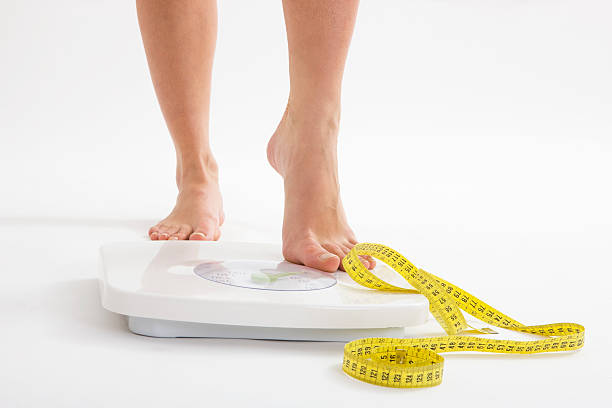
What impact does remote patient monitoring have on improving patient outcomes and reducing healthcare costs?
Posted by on 2024-07-04
Remote patient monitoring is a rapidly growing trend in healthcare that has the potential to significantly improve patient outcomes and reduce healthcare costs. By allowing patients to be monitored from the comfort of their own homes, remote patient monitoring can help catch potential health issues early, leading to better treatment outcomes and ultimately saving money for both patients and healthcare providers.
One of the key benefits of remote patient monitoring is its ability to provide continuous oversight of a patient's health status. This means that any changes or abnormalities can be detected quickly, allowing for timely intervention before a small issue escalates into a major health crisis. For example, if a diabetic patient's blood sugar levels start to fluctuate outside of normal range, their healthcare provider can be alerted immediately and take appropriate action. This proactive approach can lead to better management of chronic conditions, reduced hospitalizations, and improved overall health outcomes for patients.
In addition to improving patient outcomes, remote patient monitoring also has the potential to lower healthcare costs by reducing unnecessary hospital visits and readmissions. By keeping tabs on patients remotely, healthcare providers can intervene early if a problem arises, potentially preventing costly emergency room visits or hospital stays. Furthermore, remote monitoring allows for more personalized care plans tailored to each individual's needs, which can lead to more efficient use of resources and ultimately save money for both patients and healthcare systems.
Overall, the impact of remote patient monitoring on improving patient outcomes and reducing healthcare costs cannot be overstated. By leveraging technology to keep a closer eye on patients' health status outside of traditional clinical settings, we have the opportunity to revolutionize how we deliver care and ultimately improve the quality of life for countless individuals. As this technology continues to advance and become more widely adopted, we can expect even greater benefits in terms of improved health outcomes and cost savings across the board.
One of the key benefits of remote patient monitoring is its ability to provide continuous oversight of a patient's health status. This means that any changes or abnormalities can be detected quickly, allowing for timely intervention before a small issue escalates into a major health crisis. For example, if a diabetic patient's blood sugar levels start to fluctuate outside of normal range, their healthcare provider can be alerted immediately and take appropriate action. This proactive approach can lead to better management of chronic conditions, reduced hospitalizations, and improved overall health outcomes for patients.
In addition to improving patient outcomes, remote patient monitoring also has the potential to lower healthcare costs by reducing unnecessary hospital visits and readmissions. By keeping tabs on patients remotely, healthcare providers can intervene early if a problem arises, potentially preventing costly emergency room visits or hospital stays. Furthermore, remote monitoring allows for more personalized care plans tailored to each individual's needs, which can lead to more efficient use of resources and ultimately save money for both patients and healthcare systems.
Overall, the impact of remote patient monitoring on improving patient outcomes and reducing healthcare costs cannot be overstated. By leveraging technology to keep a closer eye on patients' health status outside of traditional clinical settings, we have the opportunity to revolutionize how we deliver care and ultimately improve the quality of life for countless individuals. As this technology continues to advance and become more widely adopted, we can expect even greater benefits in terms of improved health outcomes and cost savings across the board.